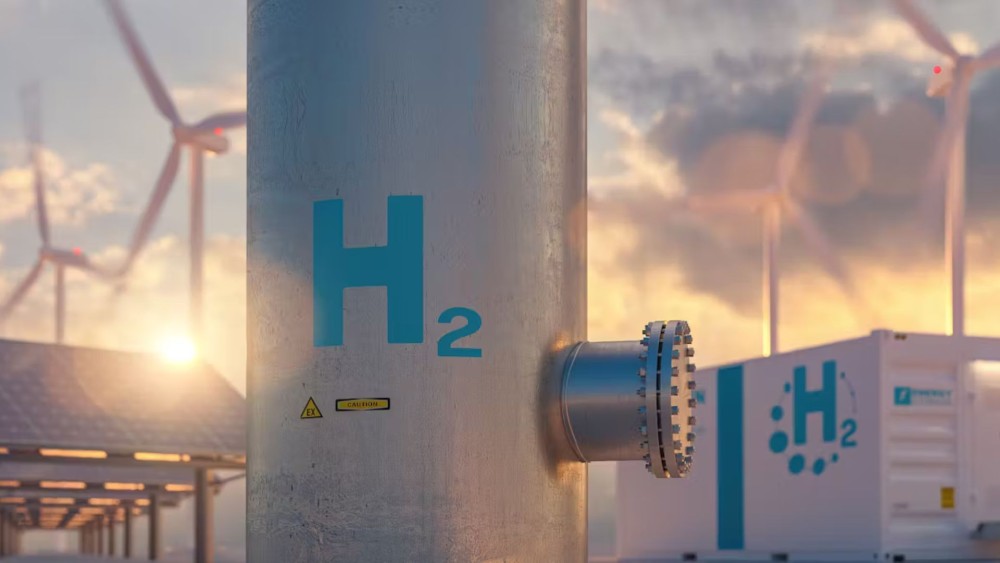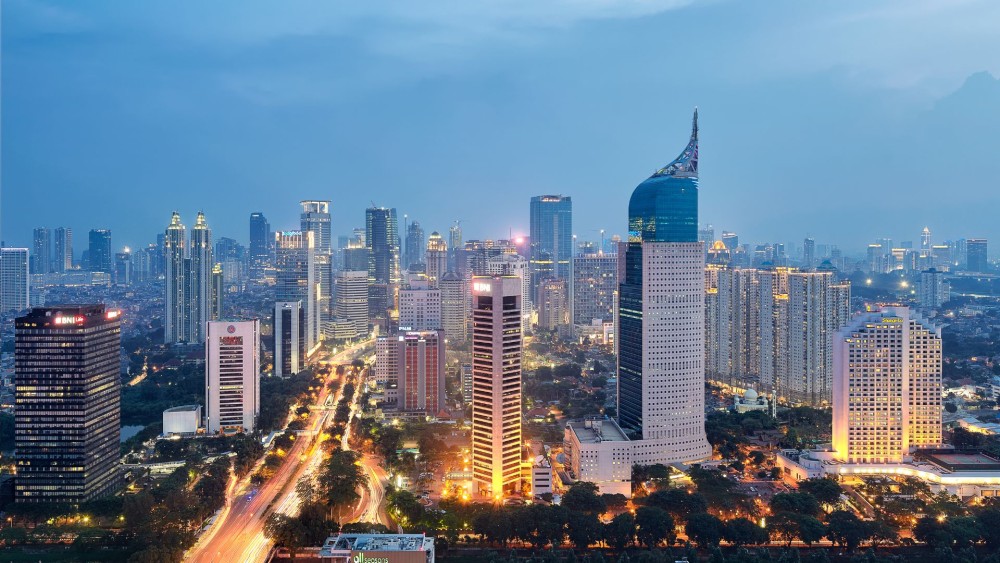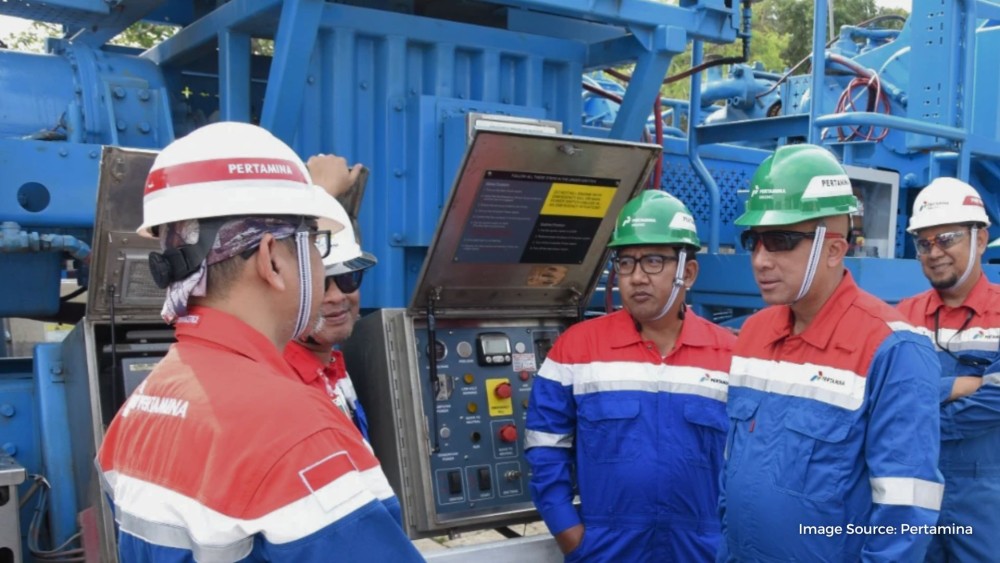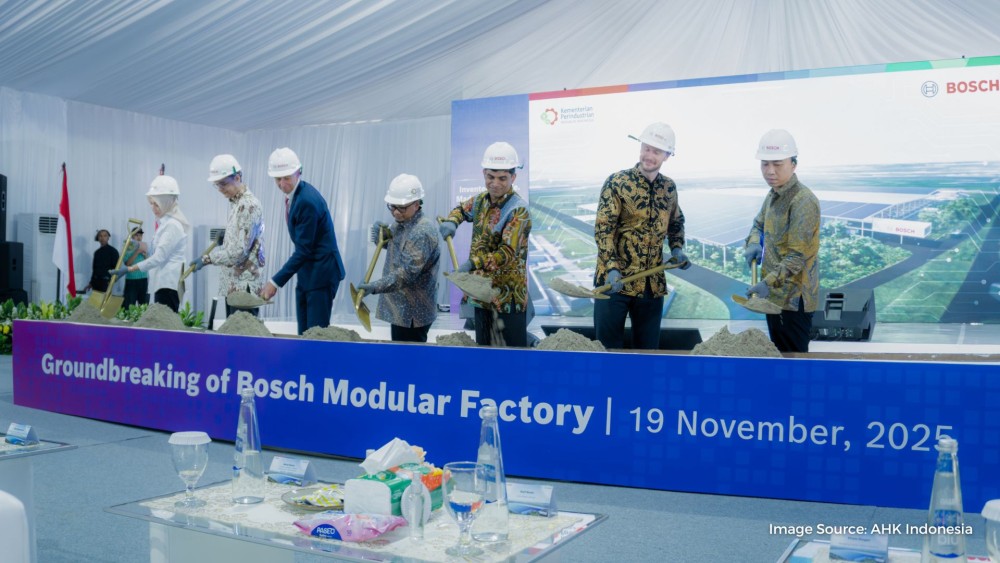Getting to know green hydrogen: its types, benefits, and challenges for Indonesia's energy transition
18 Mar 2024

Green hydrogen is becoming the belle of clean energy to accelerate the renewable energy transition. The whole world is competing to produce this environmentally friendly energy source.
The International Energy Agency (IEA) notes that there are around 1,894 hydrogen development projects in the world until 2030, including in Indonesia. A number of leading vehicle manufacturers such as Toyota and BMW have even released hydrogen-fueled cars.
In Indonesia, state-owned energy companies Pertamina and PLN are also developing hydrogen energy from upstream (production) to downstream (refilling).
What makes green hydrogen so attractive? What are its roles to support the preservation of the Earth? Here is our summary of various expert analyses published in The Conversation.
Colorful hydrogen sources
Hannes van der Watt, an expert on hydrogen production engineering at the University of North Dakota in the United States, argues that hydrogen is a potential energy source because each of its molecules is a highly effective energy-carrying agent. Hydrogen is generally a gas but can become a liquid when cooled to a certain temperature.
Now, how friendly hydrogen is to the environment depends largely on where the element comes from.
Green hydrogen, says Hannes in his analysis, is the cleanest type of hydrogen because it is produced from renewable energy electricity such as wind, sun, or water through a process of electrolysis. Green hydrogen releases no greenhouse gas emissions at all.
“Hydrogen is often described by color to show how clean, or CO₂-free it is. The cleanest is green hydrogen,” writes Hannes.
There is also gray hydrogen, which is produced from natural gas. If the production of gray hydrogen is followed by the capture of the released carbon, it would be called something else: blue hydrogen.
In early 2024, Royal Holloway University of London geophysics professor David Waltham suggested a new type of hydrogen was emerging: golden hydrogen. This hydrogen is buried underground in the form of gas and is spread across many countries, although we need a lot of research to see how far golden hydrogen can be used.
One of the largest newly discovered reserves of hydrogen gold is located in northeastern France. “It may contain 250 million tons of natural hydrogen,” David says in his analysis.
Various benefits of hydrogen
Hydrogen is already commonly used for some fertilizer production processes or petroleum processing, but it still comes from fossil sources, so it is not environmentally friendly. Therefore, the renewable energy transition is a great opportunity to clean up the hydrogen emission footprint.
1. Fertilizer manufacturing
Tom Baxter, a senior lecturer in chemical engineering from the University of Aberdeen in the UK, argues that hydrogen is one of the key elements for the manufacture of useful chemicals for humans. One of them is the manufacture of fertilizers.
In the fertilizer industry, hydrogen is used as a raw material for making ammonia. As a result, in addition to energy sources, hydrogen is indirectly the backbone of global food security.
Tom said green hydrogen has great potential to reduce the carbon footprint of the fertilizer industry. “The first hydrogen action we must take is to decarbonize hydrogen production that produces CO₂,” he explained.
In Indonesia, green hydrogen is also planned to be the raw material for making green ammonia as a fertilizer raw material. The project was initiated by Augustus Global Investment, PT Pupuk Indonesia (Persero), and PT PLN (Persero) to revive the economic center in Lhokseumawe, Aceh, in 2023.
2. Transportation
As an energy source, hydrogen is superior because it has an energy density of about 33.33 kilowatt hours per kilogram. The higher the energy density, the more energy stored in a certain volume so that energy production can be greater.
According to a researcher from the Center for the Global Hydrogen Economy, Particles and Catalysis Research Laboratory, UNSW Sydney in Australia, Denny Gunawan, this figure is much higher than electric vehicle batteries.
Hydrogen-fueled vehicles, Denny said, only take 3-5 minutes to fully recharge. This is much faster than recharging batteries in electric vehicles which take 20 minutes - 1 hour for DC fast charging or 4-10 hours for home charging.
Even so, Denny thinks hydrogen will be much more useful in reducing emissions from buses, trucks and ships. These three modes of transportation have a greater workload and mileage. “So it is more feasible to use lighter hydrogen with a faster refill time,” he wrote.
3. Electricity and energy storage
Petra de Jongh, professor of catalysts and energy storage materials at Utrecht University in the Netherlands, says hydrogen can be relied upon to store excess solar and wind energy. Conversely, when the wind weakens or the clouds are overcast, hydrogen energy storage can work to support the reduced electricity production.
“Compared to batteries, hydrogen's storage capacity is unlimited-the electrolyzer that produces it from water is never fully charged. Hydrogen can also be converted back into electricity using fuel cells, although a fair amount of energy is lost in the process,” Petra said in her analysis.
4. Heavy industry
Stephen Carr, a lecturer in energy physics from the University of South Wales, says hydrogen is a promising energy to make the industrial sector more environmentally friendly. He cited the ceramics industry, which requires heat energy to power the furnace.
Currently, ceramic industry players still use natural gas to light the furnace. In the future, this gas can be replaced by hydrogen to make the ceramic production process more environmentally friendly.
“Replacing natural gas with hydrogen in the furnace can be cheaper overall, and requires only minor changes to equipment,” Stephen wrote.
Developing a national hydrogen ecosystem
As a country with great renewable energy potential, Indonesia has strong capital to produce more green hydrogen.
This step has been started by PT Pertamina (Persero), which is building a geothermal-based green hydrogen production facility in Ulubelu, Lampung and a pre-study in North Sulawesi.
Based on the company's mapping, there are 17 geothermal working areas that can be utilized as a means of green hydrogen production.
Besides Pertamina, PLN is also trying to produce geothermal hydrogen from its Geothermal Power Plant in Kamojang, Garut. Green hydrogen from Kamojang will supply a green hydrogen filling station in Senayan, Central Jakarta.
Denny from UNSW Sydney said Pertamina and PLN need to collaborate on a technical plan so that the development of a green hydrogen supply chain for the transportation sector is more harmonious. According to him, there are two options for supply chain cooperation. First, green hydrogen can be produced centrally near renewable energy power plants owned by Pertamina or PLN. Then, green hydrogen is distributed via trucks/trailers to hydrogen filling stations.
“In this case Pertamina's experience in large-scale hydrogen production plays an important role,” he said in a written message on Thursday, March 14, 2024.
Second, green hydrogen can be produced directly at the company's second filling station to save transportation costs. In this option, the role of PLN is quite important to provide renewable energy electricity distribution infrastructure to hydrogen filling stations.
Challenges and opportunities for green hydrogen development
Green hydrogen is indeed being hype around the world. However, a recent IEA report says the pace of development of its projects is not as fast as expected.
In many countries, green hydrogen projects still lack detailed policy support to overcome high production costs and limited infrastructure. The decline in the global average cost of renewable energy production has not been matched by the cost of producing and storing green hydrogen, which is much more expensive than gray hydrogen.
Hannes from the University of North Dakota said hydrogen tax incentive policies could make the market more attractive to green hydrogen. In America, tax incentives apply up to US$3 per kilogram of hydrogen.
Another way is presented by the Deputy Director of the Energy and Climate Change Program of Australia's Grattan Institute, Alison Reeve. According to her, efforts to make fossil energy more expensive by implementing emission levies should also be explored so that the market is increasingly interested in green hydrogen.
For Indonesia, Denny said incentives for purchasing hydrogen transportation vehicles are just as important as for electric vehicles. To develop hydrogen-based public transportation, the government could start pilot projects with overseas manufacturers Volvo or Mercedes-Benz for buses, and Alstom for trains.
Local governments, Denny said, can also partner with each other to support the development of a network of hydrogen filling stations with business entities along arterial roads or toll roads connecting regions. Examples already exist. In Australia, the states of New South Wales, Victoria, and Queensland to develop a hydrogen filling station ecosystem “Hume Hydrogen Highway” on the east coast of Australia. The government provided grants totaling $20 million (Rp205 billion) to support this initiative.
Finally, Denny reminded that the green hydrogen ecosystem in Indonesia will not be optimal without an increase in renewable energy electricity production. “If the green hydrogen used is still from natural gas or coal, then of course this effort does not benefit the environment,” he said.
To read original article click here






